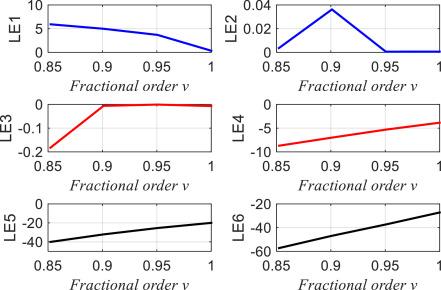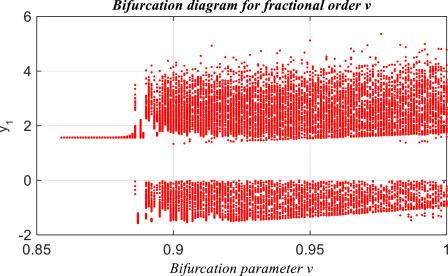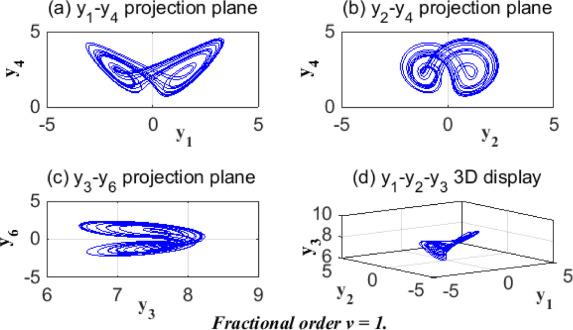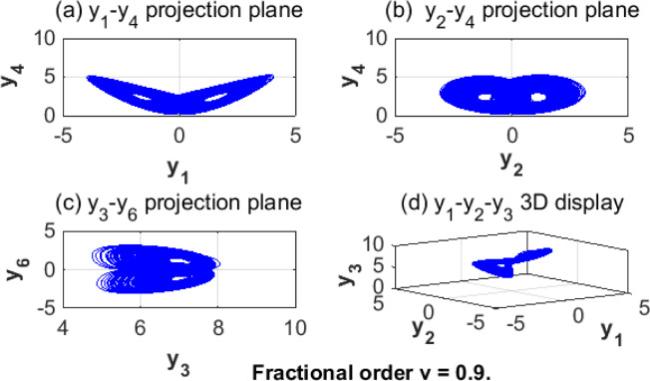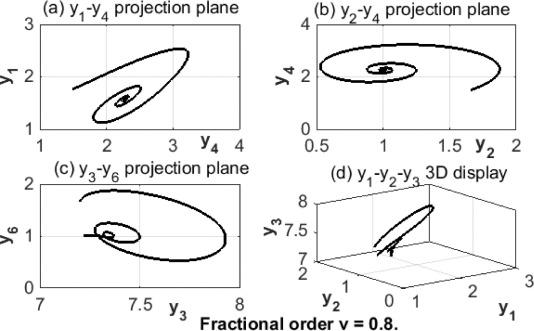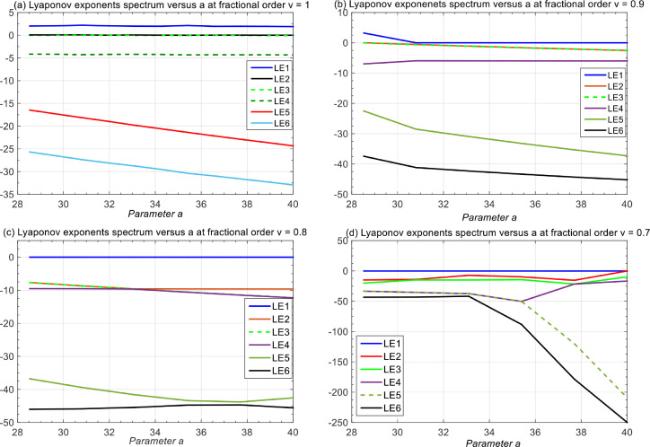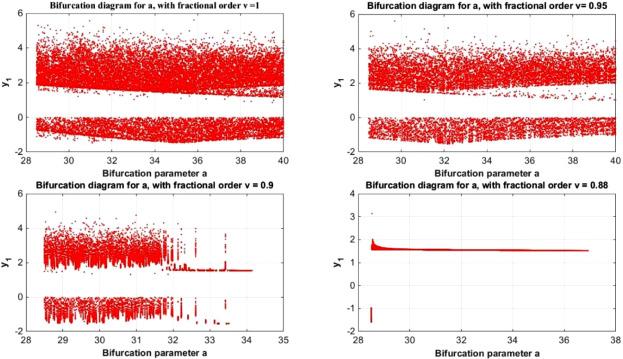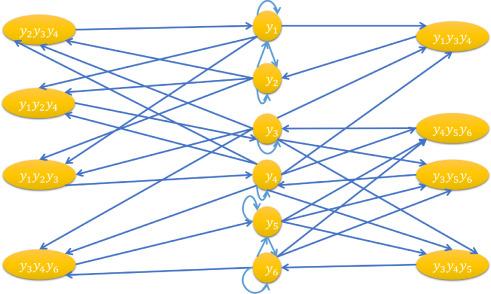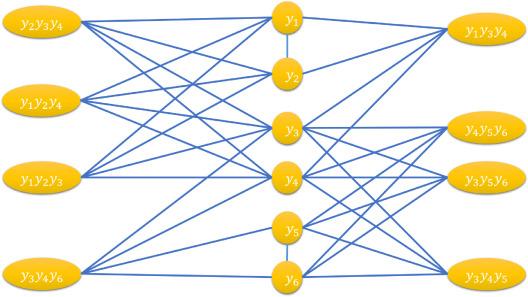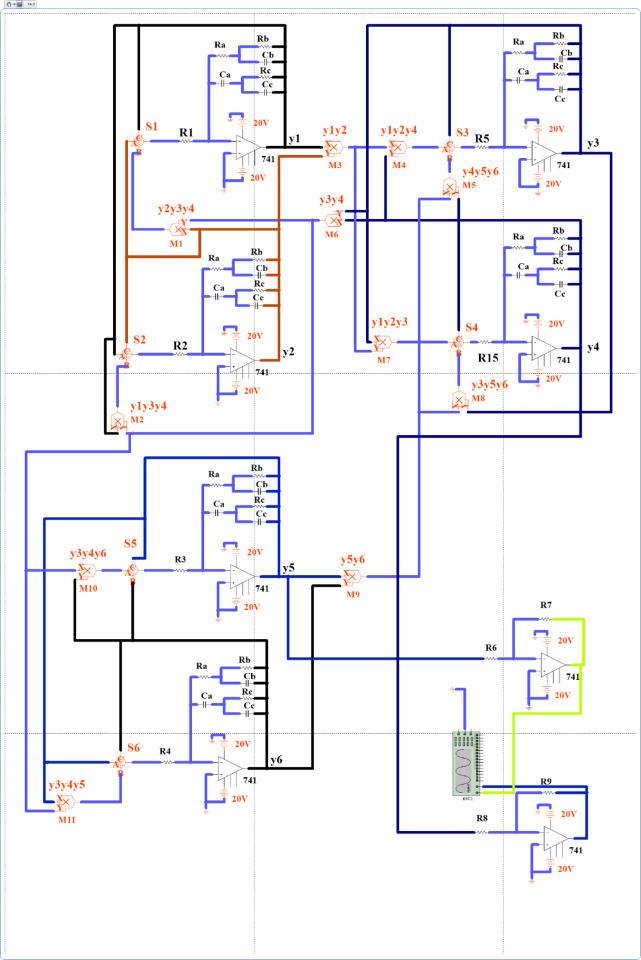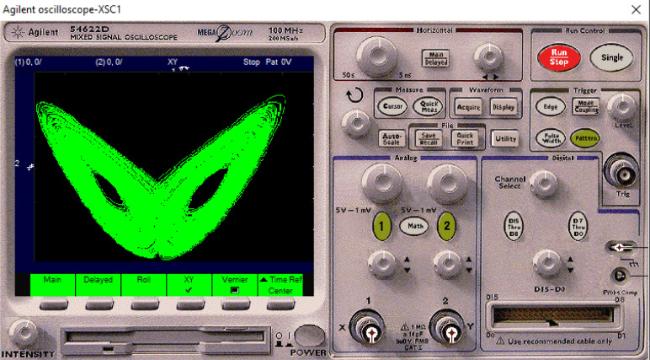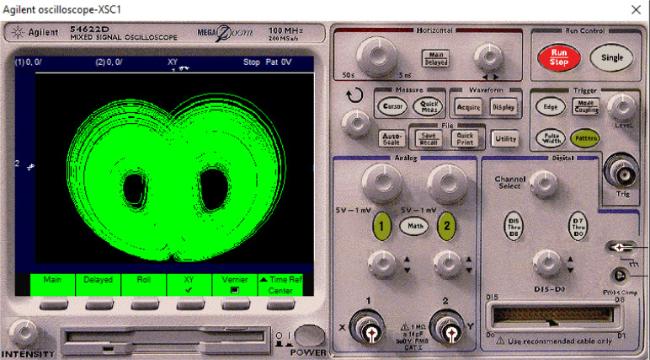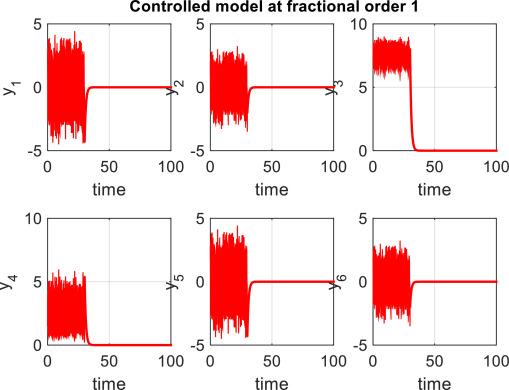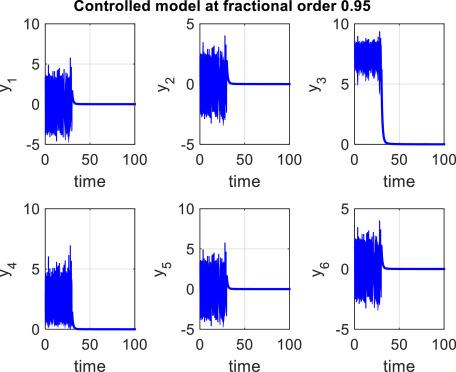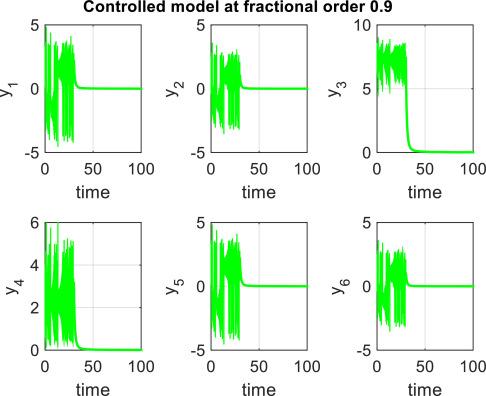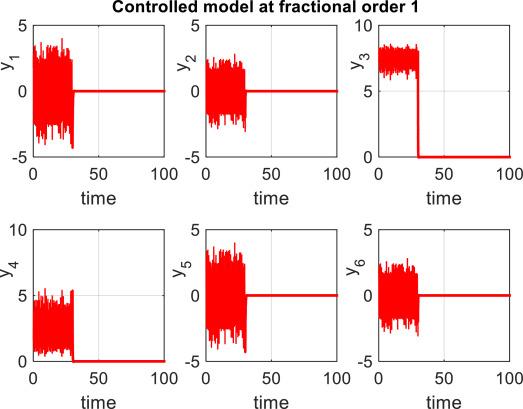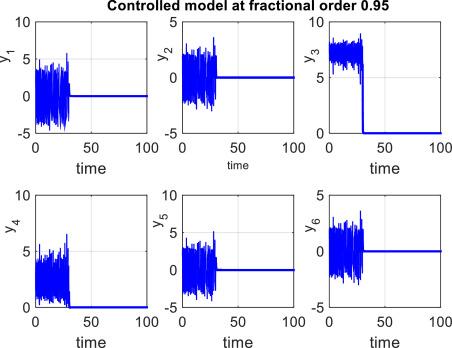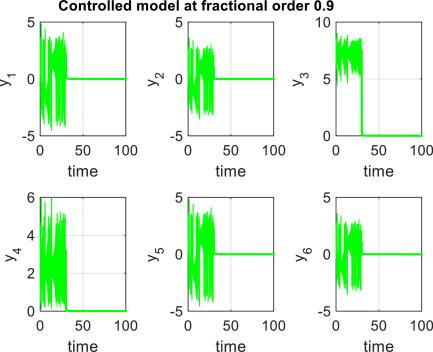In
[1], the first 3D autonomous chaotic system was found by Lorenz when he investigated atmospheric convection. Lorenz system has been taken as a first model for studying chaos. After that, in
[2], Rӧssler built a simpler chaotic 3D system. It is noteworthy that during the past twenty years, the chaos of technological paradigms, like nonlinear electric circuits, has progressively shifted from a pure science to a promising subject that has important applications. It is observed that intentionally generating chaos is a vital case in several technical implementations. In this direction, Chen built a three-dimensional autonomous chaos model [3,4] based on an engineering approach to feedback control, after that Lü has built his system
[5] and general model combining all cases as a special case has built and named the unified model
[6]. Following Vanecek and Celikovsky's classification of canonical form
[7], in the 3D autonomous paradigms that have quadratic nonlinearities, considering the linear term (
), the Lorenz model fulfils
, the Chen model fulfils
, and the Lü model fulfils
although they aren't topologically equivalent. With this direction, they form together a full collection of general Lorenz dynamical models. From another point of view, the Rӧssler system contains a quadratic cross product term and is not part of the general family of Lorenz systems mentioned above. Recently, during the study of a 3D Rӧssler-type autonomous chaotic model with quadratic cross product terms, Liu and Chen
[8] constructed a chaotic model with a quadratic product term in every kernel, that could give two attractors at the same time each of which has a double-scroll.


